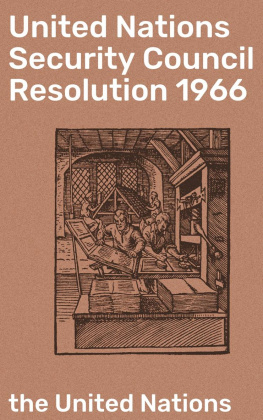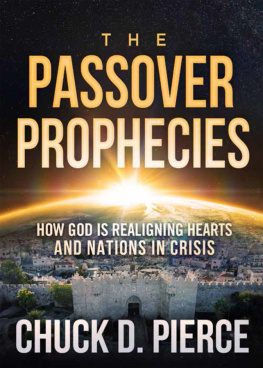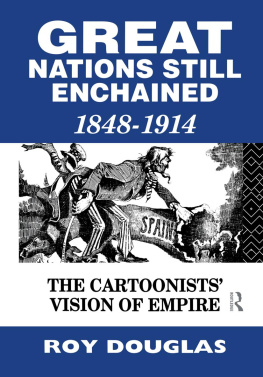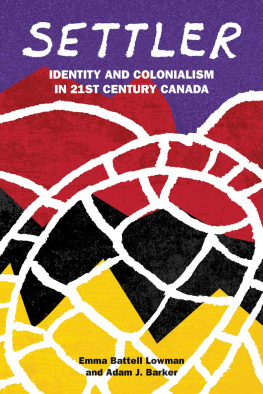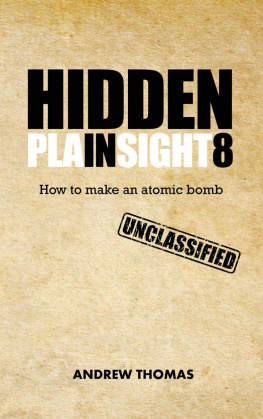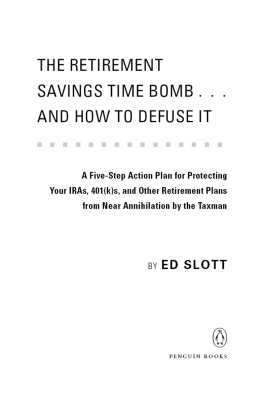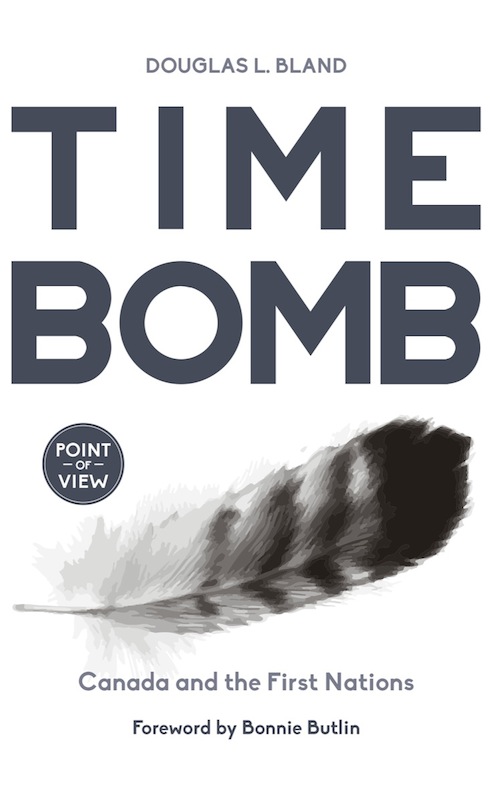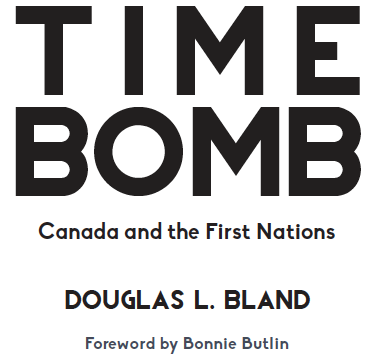A Note from the General Editor
In 2010 Douglas Bland sought to warn and instruct Canadians about the risks to our highly vulnerable country from militant First Nations groups who are well armed, aggrieved, and angry. He said another scholarly paper about the critical situation would end up just like other reports that nobody reads. So instead, he wrote a fast-paced work of fiction.
Setting Uprising in a near Canadian future to reach as wide an audience as possible, he succeeded. As an internationally acknowledged authority on insurgency, Blands compelling story became widely reported, including by Al Jazera, which viewed the warning soberly. Uprising was well reviewed by critics. It became the subject of conference presentations. A paperback edition was published. The novel was translated by Governor General Award-winning Michelle Tisseyre and published as Soulvement in a French-language edition. Now it is the subject of a television series in development.
Lieutenant-Colonel Bland, free to speak as someone retired from military life, brings to this study his decades of service in the Canadian Forces, combined with his years as professor of security studies at Queens University, his studies of First Nations conditions in Canada, advanced research into what triggers an uprising, and his understanding of the hard lessons about just how devastatingly effective a small band of determined and well-led rebels can be. Fearing many Canadians would dismiss armed insurrection here as implausible, I worked with Douglas Bland to create a website called A Newsmakers Guide to Uprising. We filled it with extensive compilations of information across such categories as Housing, Employment, Education, Land Claims, Poverty, Literacy, Suicides, Protests, Demographics, and dozens more. The statistics, cases, and quotes came from authoritative reports by First Nations organizations, royal commissions, parliamentary studies, journalists, academic researchers, and judicial inquiries. Cumulatively, these factual reports on First Nations issues flashed like a red warning light.
This stunning composite about a Canadian reality proved that the issues Douglas Bland was identifying, and the catalogue of accumulated grievances by Canadas widespread and diverse First Nations peoples that he portrayed, are not fictional, even though in a novel. They are the real laboratory for something explosive.
Now, for Dundurns new Point of View books, Douglas Bland crafts this shorter, non-fiction version of the compelling story all Canadians need to understand. As he said about Uprising , If people do not like the way this turns out, then now is the time to act.
Time Bomb makes clear why time for curative action is on a short fuse.
J. Patrick Boyer
General Editor
Point of View books
Copyright
Copyright Douglas L. Bland, 2014
All rights reserved. No part of this publication may be reproduced, stored in a retrieval system, or transmitted in any form or by any means, electronic, mechanical, photocopying, recording, or otherwise (except for brief passages for purposes of review) without the prior permission of Dundurn Press. Permission to photocopy should be requested from Access Copyright.
Editor: Dominic Farrell
Design: Courtney Horner
Cover Design: Laura Boyle
Cover Image: Makarova Olga
Epub Design: Carmen Giraudy
Library and Archives Canada Cataloguing in Publication
Bland, Douglas L., author
Time bomb : Canada and the First Nations / Douglas L.
Bland ; foreword by Bonnie Butlin.
(Point of view)
Includes bibliographical references.
Issued in print and electronic formats.
ISBN 978-1-4597-2787-8 (pbk.)
1. Native peoples--Canada--Government relations.
2. Ethnic conflict--Canada--Forecasting. I. Title.
II. Series: Point of view (Dundurn Press)
E78.C2B55 2014 305.897'071 C2014-906625-2
We acknowledge the support of the Canada Council for the Arts and the Ontario Arts Council for our publishing program. We also acknowledge the financial support of the Government of Canada through the Canada Book Fund and Livres Canada Books, and the Government of Ontario through the Ontario Book Publishing Tax Credit and the Ontario Media Development Corporation.
Care has been taken to trace the ownership of copyright material used in this book. The author and the publisher welcome any information enabling them to rectify any references or credits in subsequent editions.
J. Kirk Howard, President
The publisher is not responsible for websites or their content unless they are owned by the publisher.
Visit us at: Dundurn.com
@dundurnpress
Facebook.com/dundurnpress
Pinterest.com/dundurnpress
Dedication
This book is dedicated to Dr. Cori Schroder, my wife and com panion, for her patience and assistance in driving this project to completion and also for her many insightful explanations of the re alities of life on-reserve gained from those years of her profession life spent living among the First Nations people in Northern Ontario.
FOREWORD
I n this much-needed examination, Douglas Blands Time Bomb brings a new perspective of the increasingly fractionalized relationship between First Nations and non-Aboriginal Canadians. Time Bomb explores the historic development of this relationship and its current manifestation as a First Nations society within a larger Canadian society, within the context of current global and policy trends. The current relationship is no longer sustainable, in particular for the First Nations, who have experienced demonstrable social and economic disadvantage relative to the non-Aboriginal population. The First Nations and the Canadian government have reached an impasse, however, on how to transform the relationship, with First Nations calling for recognition of their inherent right to self-government, while the government is unwilling to cede sovereignty to First Nations. The impasse is such that even solutions, such as the proposed 2014 act on Aboriginal education, have themselves generated new grievances. Reliance on political willingness to consult with First Nations and on the Supreme Court of Canada have largely proven to be ineffective in moving the relationship between First Nations and non-Aboriginal Canadians forward from dialogue towards a truly integrated and productive relationship.
Not only is this fractionalized relationship worsening, but emerging economic trends and policies beyond the relationship itself, such as the current Canadian push for increased natural resource extraction and trade, are converging and may act as catalysts to generate a tipping point within the relationship. Jurisdictional control of the land remains largely undetermined and at issue. Canadas transportation and energy infrastructure the backbone of the countrys natural resources trade overlays or borders on many of these Aboriginal and disputed lands. With Canadian natural resource development, extraction, and trade representing 25 percent of Canadian GDP, the security of transportation and energy infrastructure is critical. Canadas transportation and energy infrastructure has considerable vulnerabilities: it covers vast distances, has limited redundancy and multiple choke-points, and is susceptible to cascading effects should disruptions be sustained or widespread. Its vulnerability and the resulting risk to the Canadian economy is significant, and sustained disruption would have catastrophic effects within a matter of weeks.


